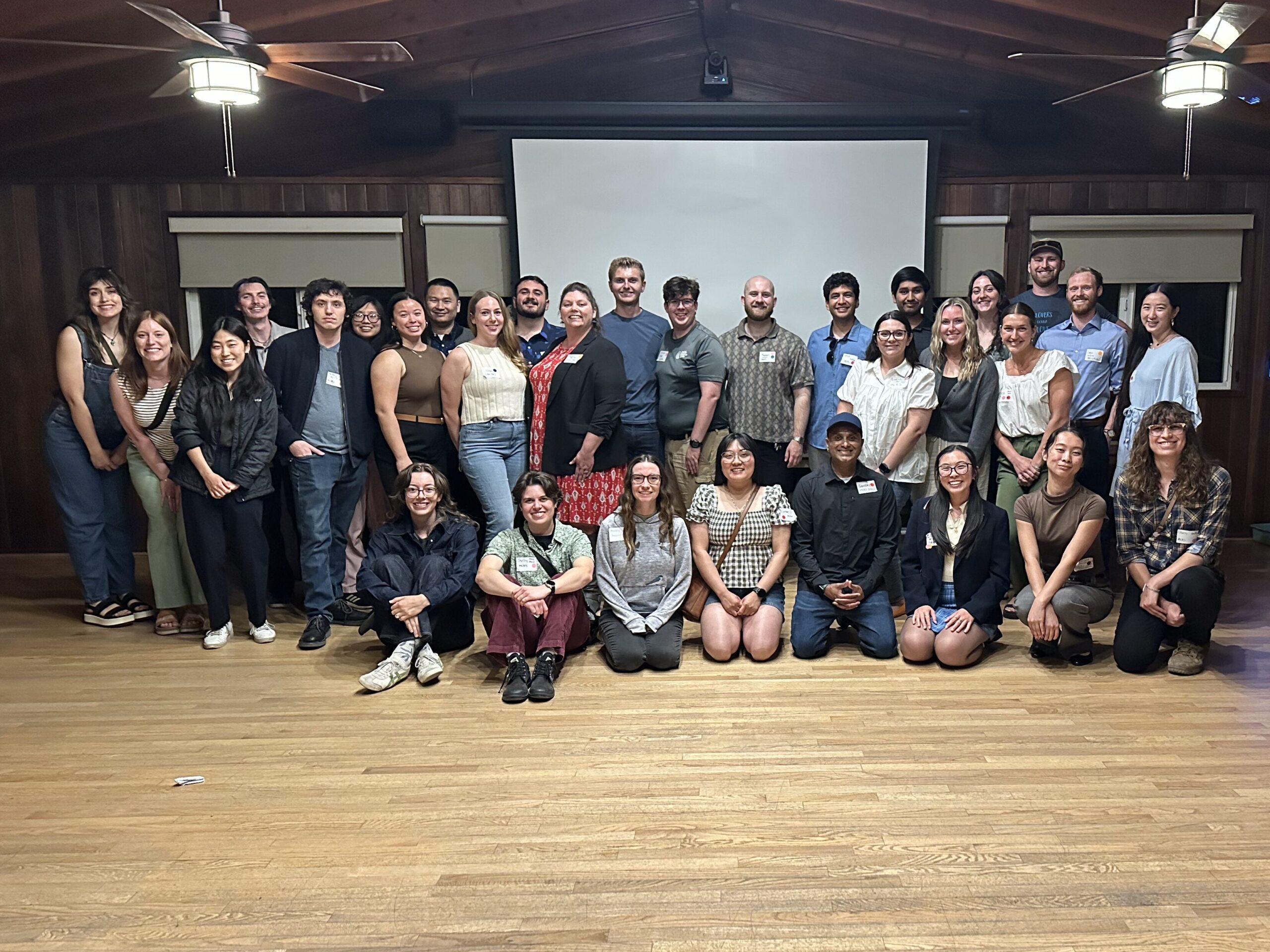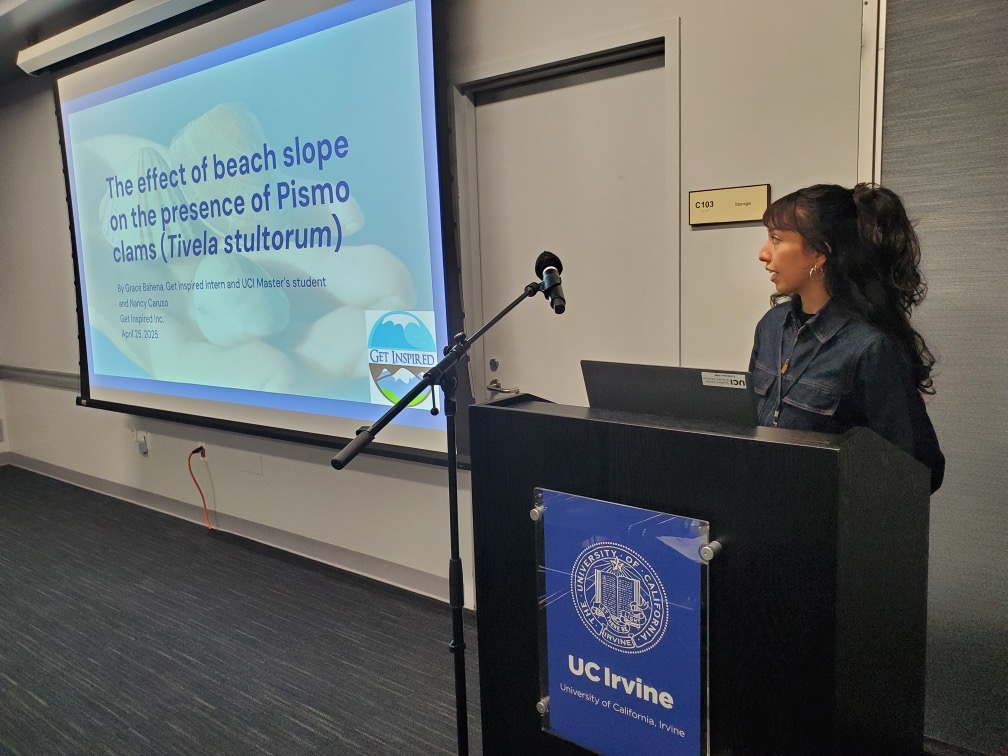Student Blog: “A Short History of White Abalone” by Alexiss Rivas
Deep in the Pacific Ocean, just off the coast of California and amidst rocky substrates inundated with algae, invertebrates, and groundfish, dwells the white abalone. Scientifically named Haliotis sorenseni, this large herbivorous gastropod has been hailed for its pearlescent inner shell and tender meat. Despite once flourishing in abundance along the California coast, this species has seen a 99% reduction in population density between the 1970s and today (The White Abalone Recovery Team, 2008). With joint scientific efforts and a push for a greater understanding of their crucial role in maintaining ecosystems, the white abalone is slowly making a recovery- but its story is far from over.
The white abalone, like the other seven species of abalone, has endured millennia of exploitation due to its ornamental, utility, and culinary value. Its historic cultural importance dates back as far as 7,400 years ago, as evidenced by archaeological finds of shell middens marking ancient settlements (NOAA Fisheries, 2024). The late 19th century saw the rise of a booming abalone economy, reaching peak profitability between 1969 and 1972. However, the unregulated and overexploited practices of fishing industries during the 1970s led to an unsustainable plummet in the white abalone population. Commercial and recreational harvesting nearly drove white abalone to extinction before the 1980s (Hobner and Tegner, 2000). Fisheries witnessed a staggering decline in catch, plummeting from approximately 143,000 pounds per year to a mere 5,000 pounds per year within a decade (NOAA Fisheries, 2018). The extreme scarcity led to repeated reproductive failure of the white abalone, hindering the species’ ability to self-recover. Furthermore, additional challenges in the form of climate change, ocean acidification, habitat loss, and disease continue to pose further threats to its survival (NOAA Fisheries, 2024).
Scientists, fisheries, and consumers soon realized the consequences of pushing this species to its limits, and conservation advocates pushed for greater protection. California took the lead in implementing measures, starting with the closure of white abalone fisheries in 1996 and the cessation of all abalone fisheries by 1997 (Vileisis, 2020). Despite these efforts, the white abalone population had already plummeted to critically low levels, and extinction was still a very real possibility. Then, in 2001, the white abalone became the first marine invertebrate to be classified as “Endangered” under the U.S. Endangered Species Act. This classification significantly heightened protection levels against harvesting and other impacts. It also mandated the development and implementation of a legally required recovery plan.
In 2008, the National Oceanic and Atmospheric Administration (NOAA) released the official White Abalone Restoration Plan. The plan outlines a comprehensive strategy aimed at recovering and conserving the white abalone population. Key components include the implementation of captive breeding programs, the establishment of marine protected areas to protect critical habitats, and ongoing monitoring and research to assess population trends (White Abalone Recovery Team, 2008). Additionally, the plan emphasizes collaborative efforts involving government agencies, scientific institutions, and stakeholders to ensure the success of conservation initiatives. Through these concerted actions, NOAA aims to restore white abalone populations to sustainable levels and maintain their long-term survival in the face of ongoing challenges.
Collaborative conservation efforts are imperative in preventing the extinction of the white abalone. Government agencies, scientific researchers, and conservation organizations continue to mitigate the impacts of overexploitation and address the broader environmental threats facing this vulnerable species. The UC Irvine Masters in Conservation and Restoration Science program is proud to be part of these efforts and continues to help spread awareness of this species’ history and status. Through strategic management and restoration efforts, there remains hope for the white abalone’s recovery and long-term survival in the face of mounting pressures.
The white abalone restoration team preparing to submerge to conduct surveys in a Point Loma, CA outplanting site. Credit: Alexiss Rivas)
Empty abalone shells collected during the survey. Credit: Alexiss Rivas)
White abalone. Credit: NOAA Fisheries




